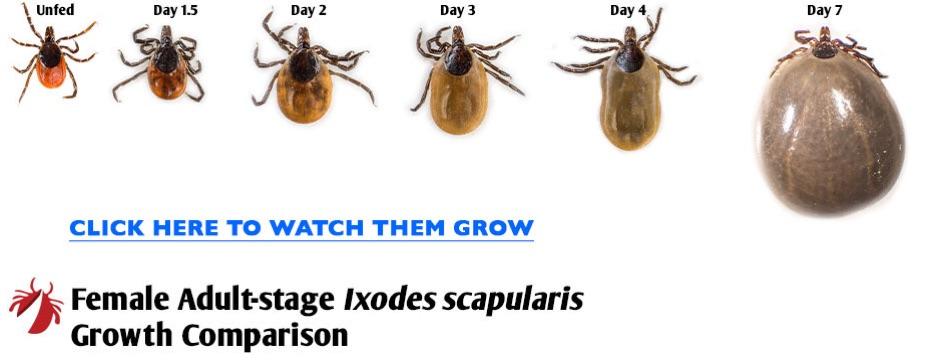
Lyme Tick Bite: A Comprehensive Guide
Understanding the risk of tick bites is crucial, especially if you spend time in tick-infested areas. A Lyme tick bite can lead to a serious illness known as Lyme disease. In this article, we delve into the details of what happens when a tick bites you, the symptoms to look out for, and the steps you can take to prevent and treat the condition.
What is a Lyme Tick Bite?
A Lyme tick bite occurs when an infected tick attaches itself to your skin and feeds on your blood. The tick must be attached for at least 24 to 36 hours before it can transmit the bacteria that cause Lyme disease. Ticks are most commonly found in wooded and grassy areas, particularly during the warmer months.

Identifying a Tick Bite
Not all tick bites result in Lyme disease, but it’s important to be able to identify a tick bite. A tick bite may not be painful, and you might not notice it right away. Here are some signs to look for:
- A small, red bull’s-eye rash that may appear around the bite site.
- Fatigue, chills, fever, headache, and muscle and joint aches.
- Swelling of the lymph nodes near the bite site.
It’s important to note that not everyone who is bitten by a tick will develop these symptoms, and some symptoms may not appear until weeks or months after the bite.
Preventing Tick Bites
Preventing tick bites is the best way to avoid Lyme disease. Here are some tips to help you stay safe:
- Wear long sleeves and pants when hiking or working in tick-infested areas.
- Use insect repellents containing DEET, picaridin, or oil of lemon eucalyptus.
- Perform tick checks after spending time in tick-infested areas.
- Remove ticks promptly and carefully.
Removing a Tick
Removing a tick as soon as possible can reduce the risk of Lyme disease. Here’s how to do it:

- Use fine-tipped tweezers to grasp the tick as close to the skin as possible.
- Pull the tick straight up and away from the skin in one motion.
- Do not twist or squeeze the tick, as this can cause the mouthparts to break off and remain in the skin.
- Disinfect the bite area and your hands with alcohol or soap and water.
When to Seek Medical Attention
If you find a tick attached to your skin, especially if you’ve been in a tick-infested area, it’s important to monitor the area for signs of infection. Seek medical attention if you experience any of the following symptoms:
- A rash that expands or is accompanied by flu-like symptoms.
- Joint pain, swelling, or redness.
- Severe headaches, dizziness, or difficulty concentrating.
Diagnosing and Treating Lyme Disease
Lyme disease is typically diagnosed based on symptoms, a physical examination, and the presence of antibodies to the bacteria that cause the disease. Treatment usually involves antibiotics, which are most effective when started early. Here’s a table summarizing the treatment options:
| Age Group | Duration of Treatment | Antibiotic Type |
|---|---|---|
| Children under 8 years old | 10-21 days | Amoxicillin, doxycycline, or cefuroxime axetil |
| Children 8-17 years old | 10-21 days | Amoxicillin, doxycycline, or cefuroxime axetil |
| Adults | 14-21 days | Amoxicillin, doxycycline, or cefuroxime axetil |
It’s important to follow your







